Kaiser Permanente in Northern California has rolled out new measures designed to protect employees and patients from a rising tide of aggressive and sometimes violent behavior in medical centers nationwide.
According to the Occupational Safety and Health Administration, the number of serious workplace violence incidents is 4 times higher in the health care industry than other industries. Nurses and psychiatric workers bear the brunt of it.
At the end of last year, highly trained health care protection officers skilled in de-escalation techniques began working in medical centers to better protect employees and patients.
By March 2025, there will be 2 such officers on duty 24 hours a day at all hospitals. The officers — who are the centerpiece of the enhanced security measures — build on the work of existing security teams.
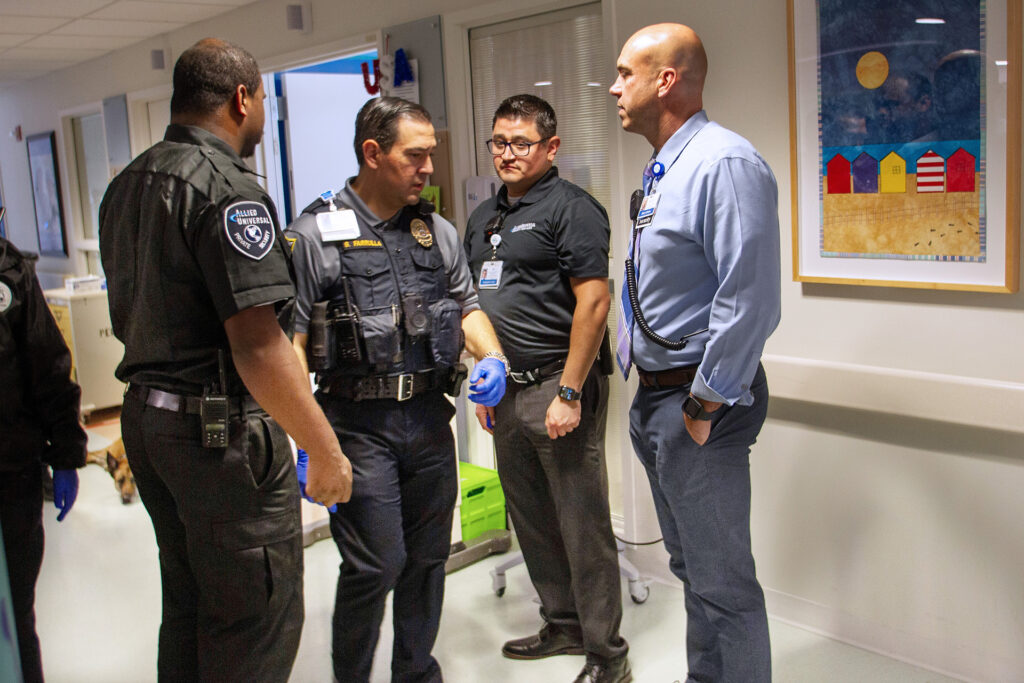
Health care protection officers carry tasers, handcuffs, body cameras, pepper gel, and protective vests.
“The health care protection officer program is one of the first of its kind in the nation at any medical center, and we are honored to provide this service,” said Sean Ragan, executive director of Northern California Security Services. “These officers go through 240 hours of training specifically designed for hospital settings.”
Ragan said the training significantly surpasses the basic requirements for security officers.
“More importantly, much of their training focuses on how to effectively talk to people and bring the temperature down during various volatile situations,” he added.
Additionally, entrances to emergency rooms at all 21 medical centers now have weapons detections systems.
And in the first half of this year, each hospital added 2 armed protection officers 24 hours a day, one stationed at the entrance to emergency departments and one who patrols outside to prevent active shooters and to deter criminal activity, said Ragan. The officers are required to have a law enforcement or military background.
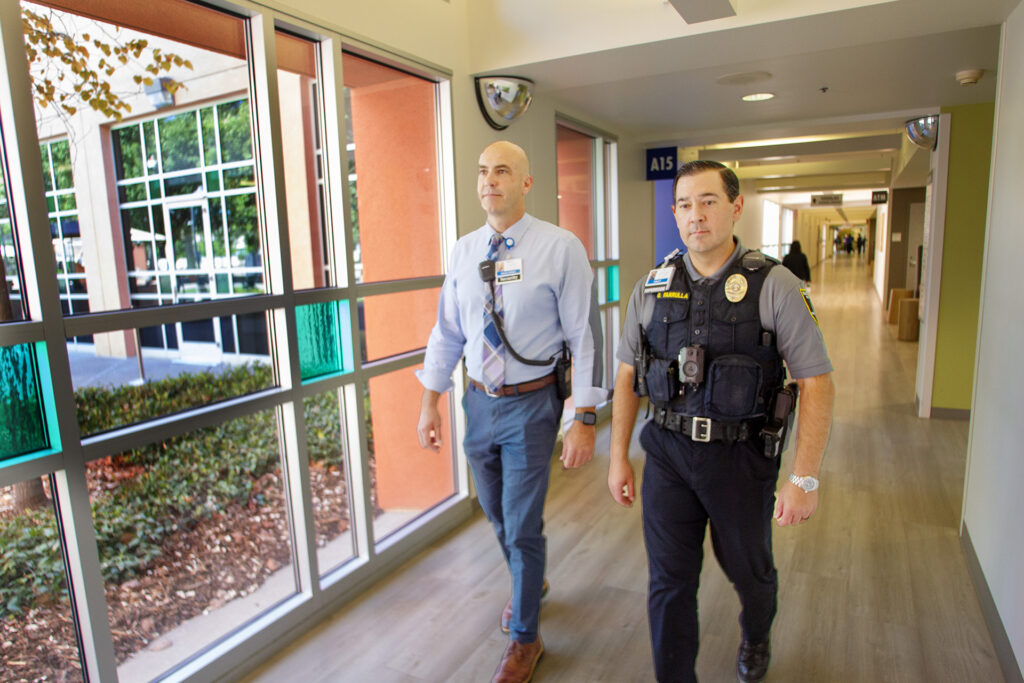
Kristen Craven, RN, an emergency room nurse at Kaiser Permanente Roseville Medical Center, said the health care protection officers do “phenomenal” work making her feel safer on the job. She especially likes the security dogs involved in a trial program at the hospital.
“The officers have been quick to respond when I have needed them, even if it is simply to stand by during situations when patients are escalating,” said Craven.
She said the presence of the dogs and their handlers creates a sense of calm for her and appears to deter patients from acting out if they are inclined to do so.
Steve Oliveira, security leader for the Roseville area, said the health protection officers not only respond to situations, they also prevent them by helping staff create plans for handling a current patient who may show signs of increasing aggression. They also help employees prepare for active shooter situations.
“This has been huge for us,” he said. “We have officers with a much higher level of training responding to incidents. Their training and the preventive work they do has really made people feel safer.”
Their training is similar to, yet more intensive than, yearly conflict management and prevention of workplace violence training all employees complete. It includes active listening, empathy, remaining calm, paying attention to surroundings, and calling for help before a situation turns violent.
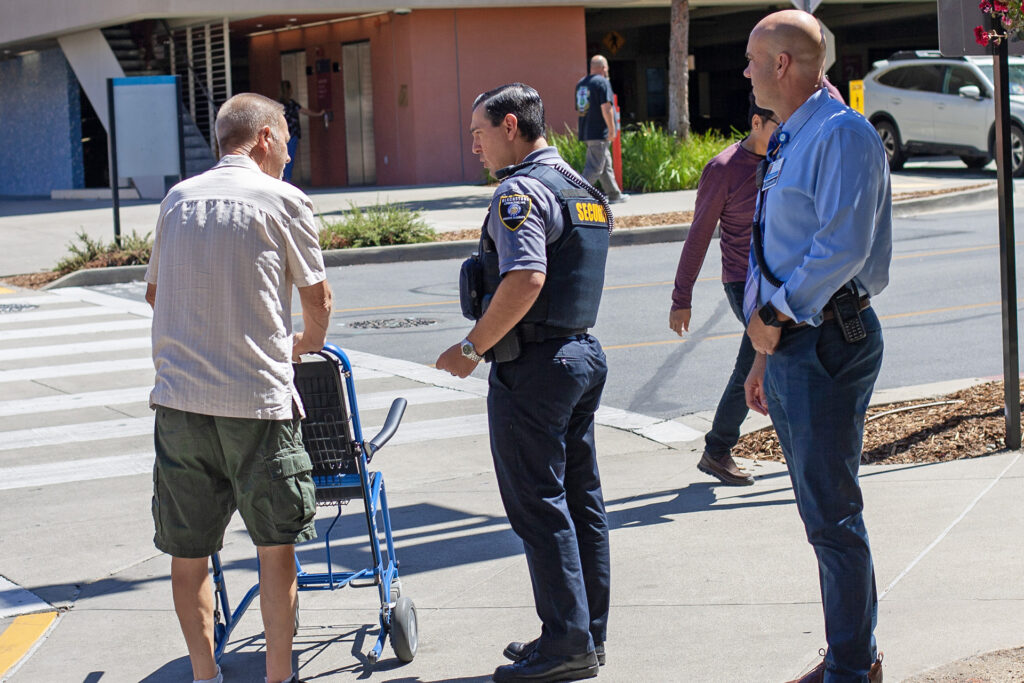
Ragan said violence in hospitals often, but not always, occurs in emergency rooms where stress is high, and the reasons people lash out are infinite.
“People coming in to get treated may have been victims of violence, and they might be emotionally impacted from that and lack confidence in their ability to cope,” said Ragan.
Others, he said, may be perpetrators of violence who come in for treatment or they are coming in to check on a family member or friend who was injured during the commission of a crime.
“Whatever it is, our job is to protect our employees and our members who count on us for services. These new measures have been a real game changer.”
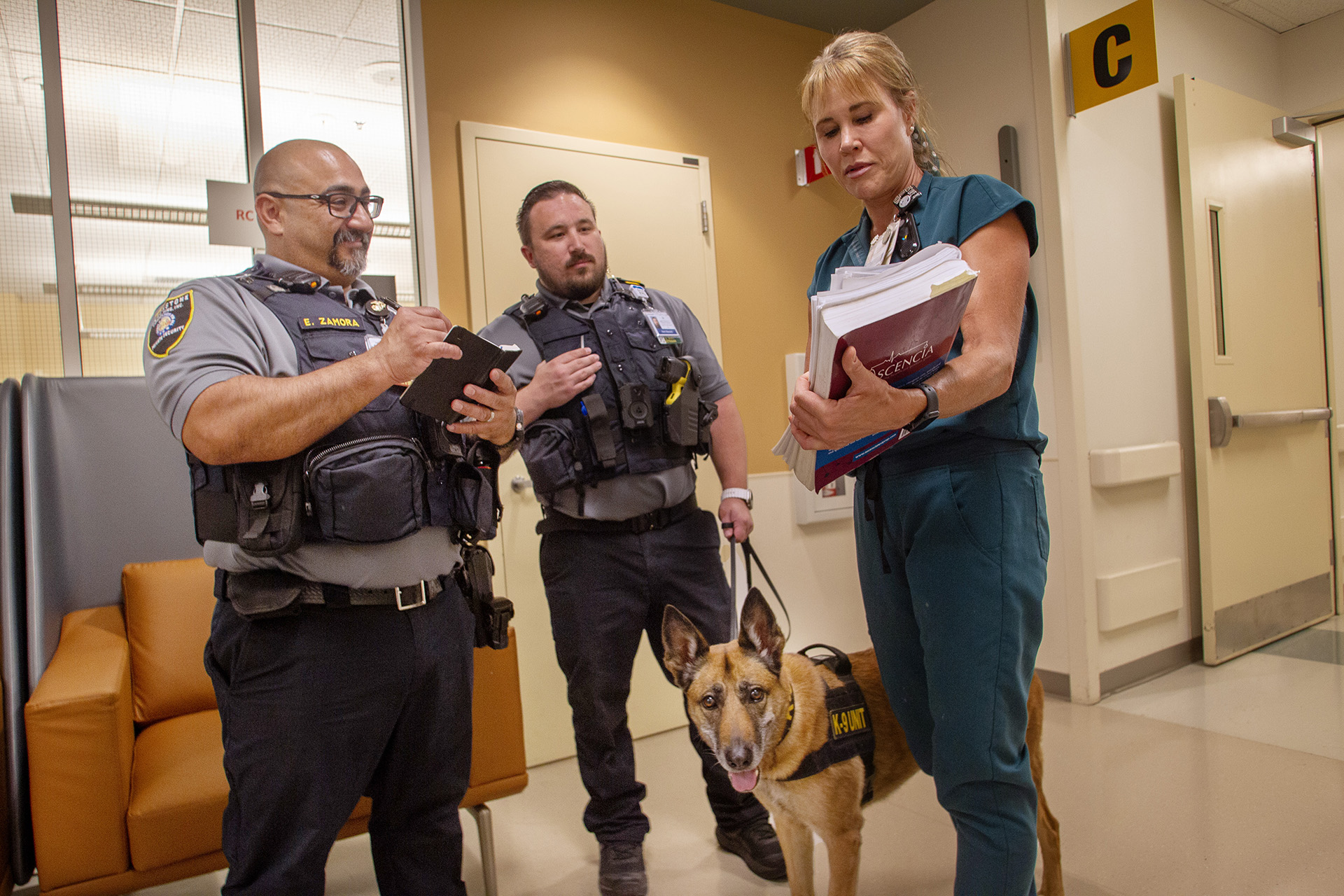

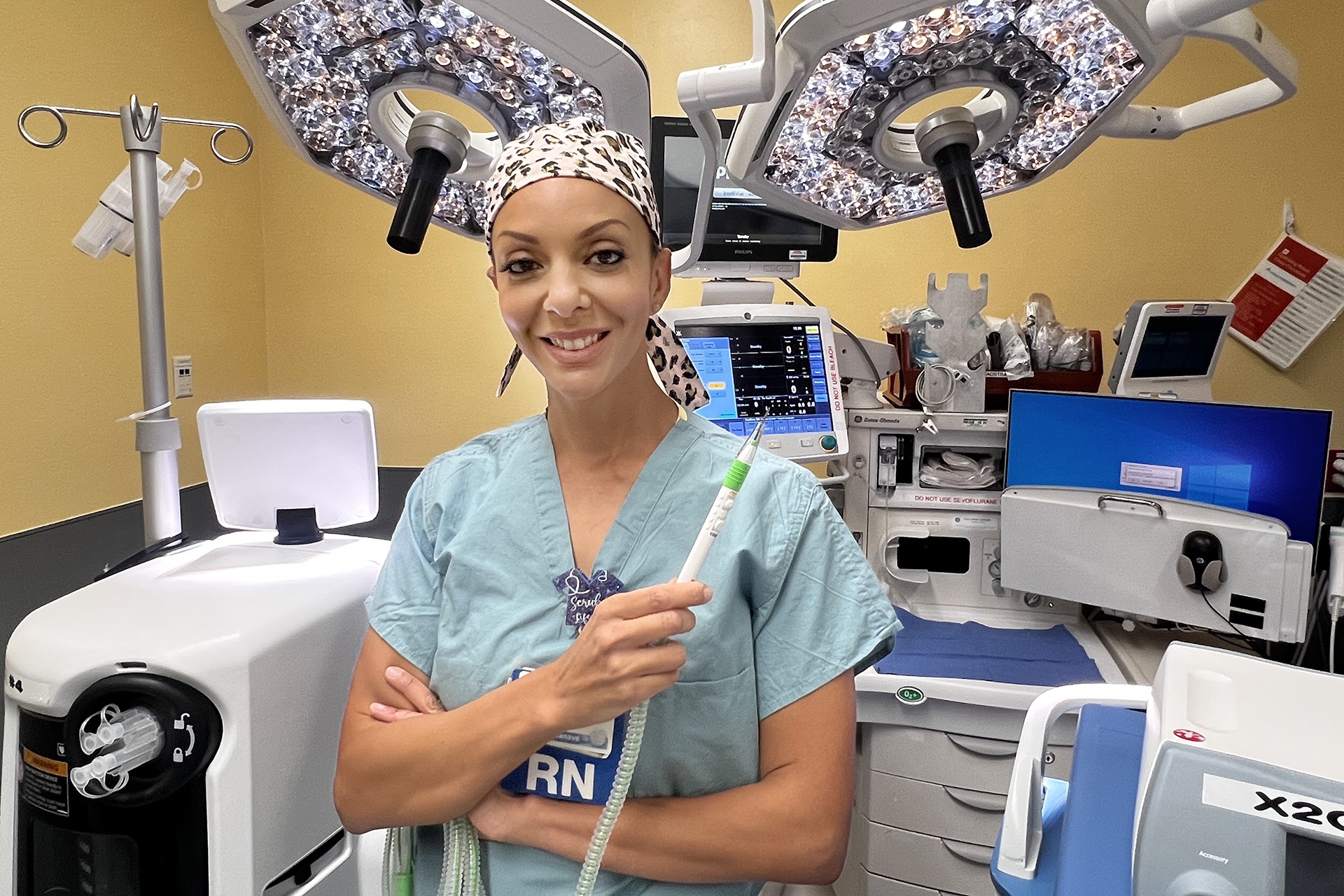

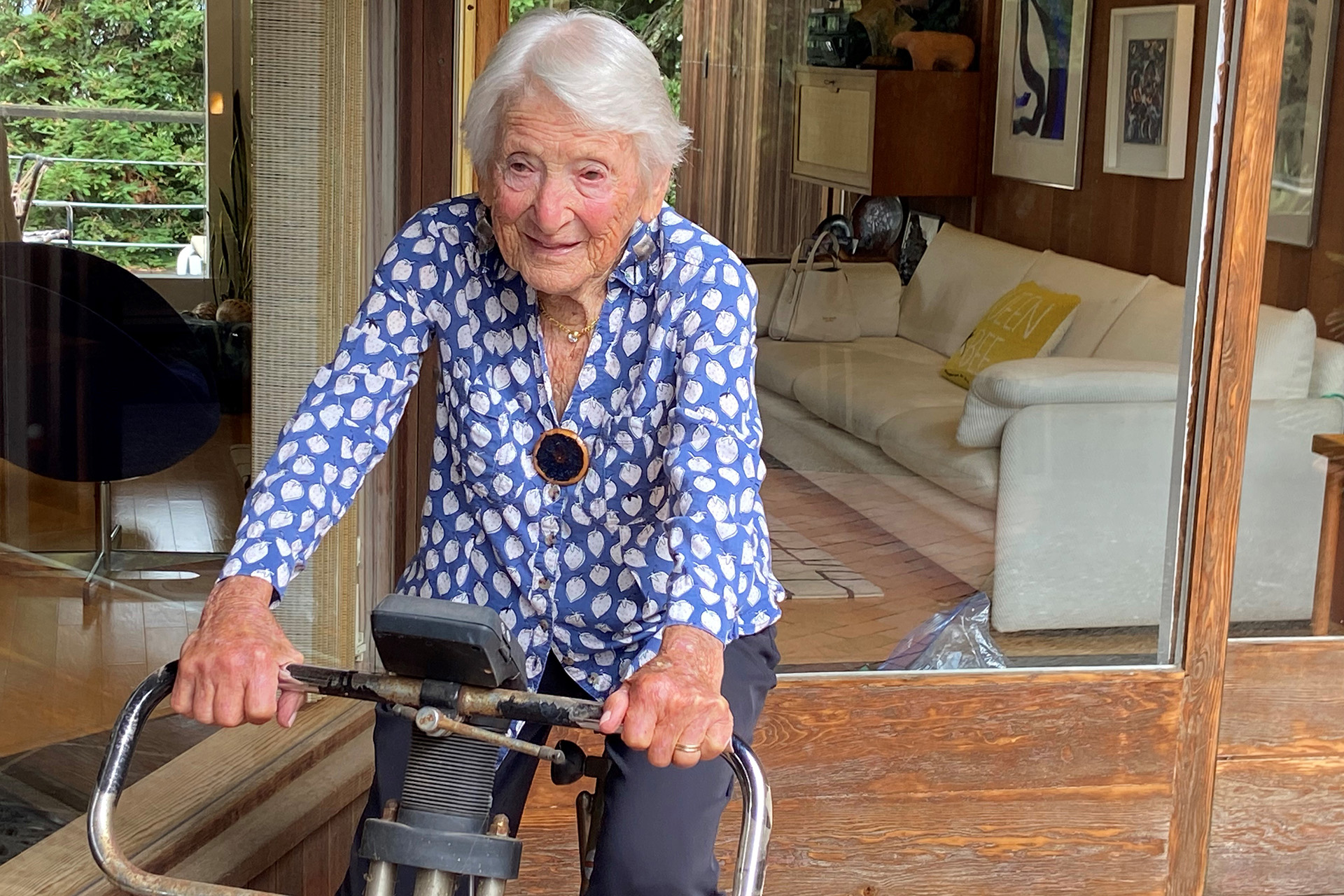
Comments (0)